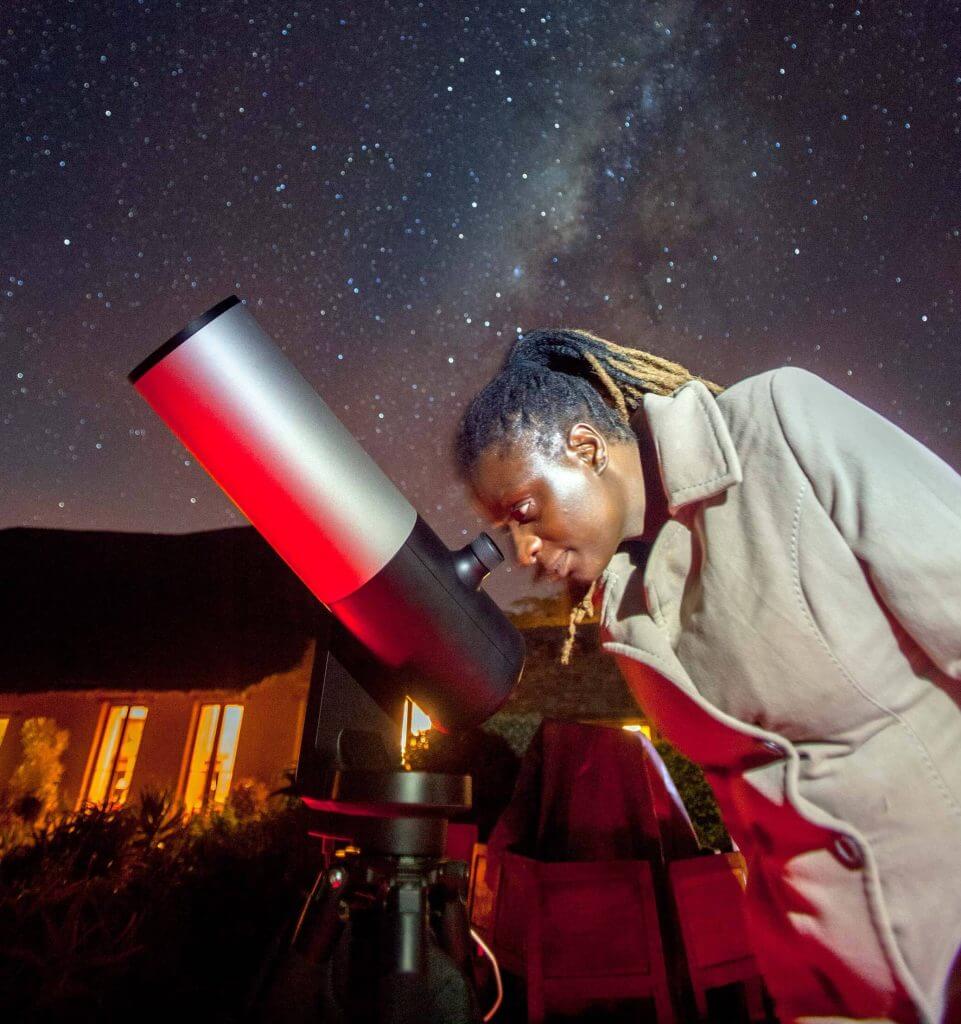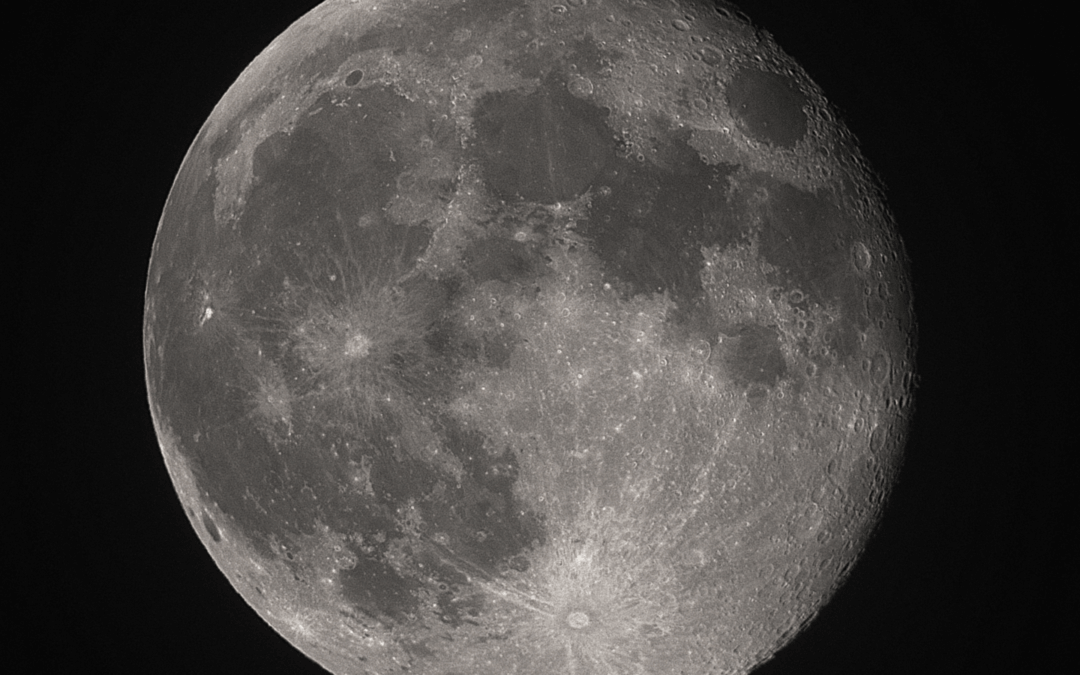We have impact! On September 26 at 23h 16m 15s UTC, NASA’s Double Asteroid Redirection Test (DART) mission crashed into the asteroid Dimorphos at 23,000 km (14,000 miles) per hour, part of a Planetary Defense test to nudge it ever so slightly off its course.
Down here on Earth, the impact was visible to members of the Unistellar Network, who kept their Unistellar telescopes trained closely on the double asteroid Didymos and its moon Dimorphos. From their backyards, the Citizen Astronomers Patrice Huet, Matthieu Limagne, and Bruno Payet from Reunion Island, on the Eastern coast of Africa, captured the moment of impact, including the brief flash that signaled a successful hit. The Travelling Telescope team also observed the moment of impact from Kenya with their Unistellar Telescope. The videos below reveal the asteroid’s brightening as well as a cloud of material that quickly surrounded the binary asteroid system.
The DART Impact captured by the Travelling Telescope team, including Ronald Wasilwa and Susan Murabana, from Kenya using an eVscope:


The moment of impact as captured by the Citizen Astronomers in Reunion Island:

The DART mission’s goal was to test whether we can alter the course of an asteroid with a kinetic impactor. Such a maneuver could be critical to Earth’s survival some day, should a Near-Earth Asteroid ever be heading toward us – much like in the recent movie “Don’t Look Up.” With the successful DART impact, we can be more prepared for a scenario such as this!
In the coming days, data from the mission and from Unistellar Citizen Astronomers will tell us more about how Dimorphos’ orbit changed after impact. An upcoming occultation of the double asteroid, visible to the Southern Hemisphere and Japan, will give us our best chance to see whether Dimorphos moved according to plan. Help defend the planet by participating in this follow-up observation and stay tuned for more results!

Further readings
3 Reasons to observe this month
Every month, discover three unmissable celestial events to observe with your Unistellar telescope.
Observing Eclipses on Jupiter: Cosmic Spectacles Through a Telescope
The latest Unistellar App Update, version V3.0, is now live. Explore a smooth stargazing experience !
Unistellar Community Included In Multiple Scientific Papers
Did you know Unistellar Citizen Astronomers are often cited in published scientific papers? Find out how you can contribute too!
What Are the Names of All the Full Moons in 2024?
Discover the enchanting names of the full moons in 2024. Delve into the unique character of each lunar spectacle and embrace the allure of the night sky.
New Unistellar App Update: Version 3.0
The latest Unistellar App Update, version V3.0, is now live. Explore a smooth stargazing experience !
What to Observe This November: Open Star Clusters and More
These Halloween deep-sky objects will add some light to those dark, spooky nights. Treats, tricks, and telescopes await!






